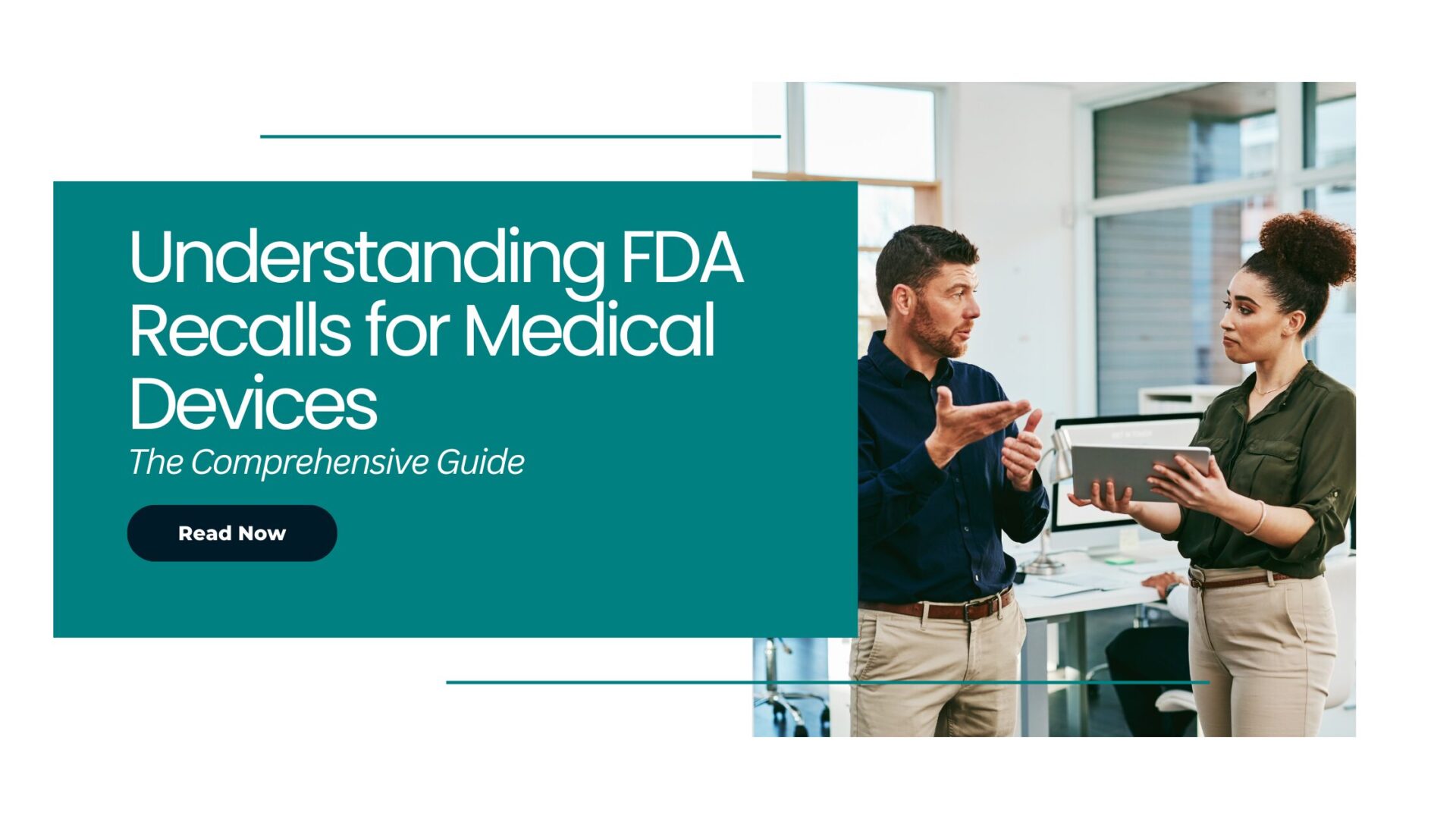In case you have:
⦿ Developed a novel medical device?
⦿ Developed a medical device similar to or better than the ones existing in the market?
⦿ Modified or changed the intended use of the device
⦿ Expanded the indication for use of a device
⦿ Reprocessed a medical device?
You can check the difference between intended use and indication for use.
In all the above scenarios, you need to ascertain whether your medical device is 510(k) exempt, i.e., a FDA review (510(k)) is not required and if the device does meet the exemption criteria.
Let us walk you through this information to understand it in detail and determine whether your product is exempt of 510(K) or not…

What Type Of Devices Are Exempted?
All devices are classified in accordance to the 16 device Classification Panels. Some devices under each of the Classification Panel are exempt, whereas some require a 510(k) notification. FDA has exempted most of the Class I Devices (except reserved devices) and a few Class II Devices.
The exempt list also includes devices exempted by the final regulation published in the Federal Registers of December 7, 1994, and January 16, 1996, and the devices exempted per the FDA Guidance issued on August 14, 2015. The infographic below will direct you to a list of all exempted Class I and II Devices.

How to determine if a device is 510(k) exempt?
A determination of exemption is made based on the following criteria:
⦿ Risk posed to Patients/Users
⦿ Technological characteristics
⦿ Indications for use
Below, we have elaborated each one of these points.
⦿ Developed a novel medical device?
Class I and II Devices that are exempted are low-risk devices. Class III devices that are interventional devices come under the high-risk category and hence are not exempted.
⦿ Technological characteristics
Technological characteristics have a lot to do with exemption. For, a dental chair without an operating unit is exempt, whereas one with an operating unit is not exempt (21 CFR Part 872. 6250).
⦿ Indication for use
The clinical application and target population also play an important role in exemption. For, Water Circulating Hot or Cold Pack is 510k exempt, but the same device is not exempted when used for Infants (21 CFR Part 890.5710).
The provision of exemption has been put in place to relieve the Manufacturer from the Premarket Notification Application and enable the FDA to channel resources to assess devices of significant importance to public health, or devices that can pose a huge amount of risk to target patients or users.
Are There Other Requirements You Need To Comply With for 510(k) exempt medical devices?
The Manufacturers need to comply with certain requirements for marketing 510(k) exempt devices:
⦿ Registration and listing
The Manufacturer needs to register their establishment with the FDA and list the generic category, product code, classification name and applicable regulation for the device.
⦿ GMP
The manufacturer needs to comply with 21 CFR Part 820 i.e., Quality System (QS) Regulation/ Medical Device Good Manufacturing Practices. The manufacturing sites are subject to inspection by the FDA. Some Class I Devices are also exempted from Quality System/GMP requirements (e.g., 21 CFR Part 886.1605).
⦿ Labeling
The manufacturer has to comply with the FDA labeling regulations.
⦿ Record keeping and complaint files
The manufacturer needs to maintain the relevant records and complaint files after launching the device in the market.





















